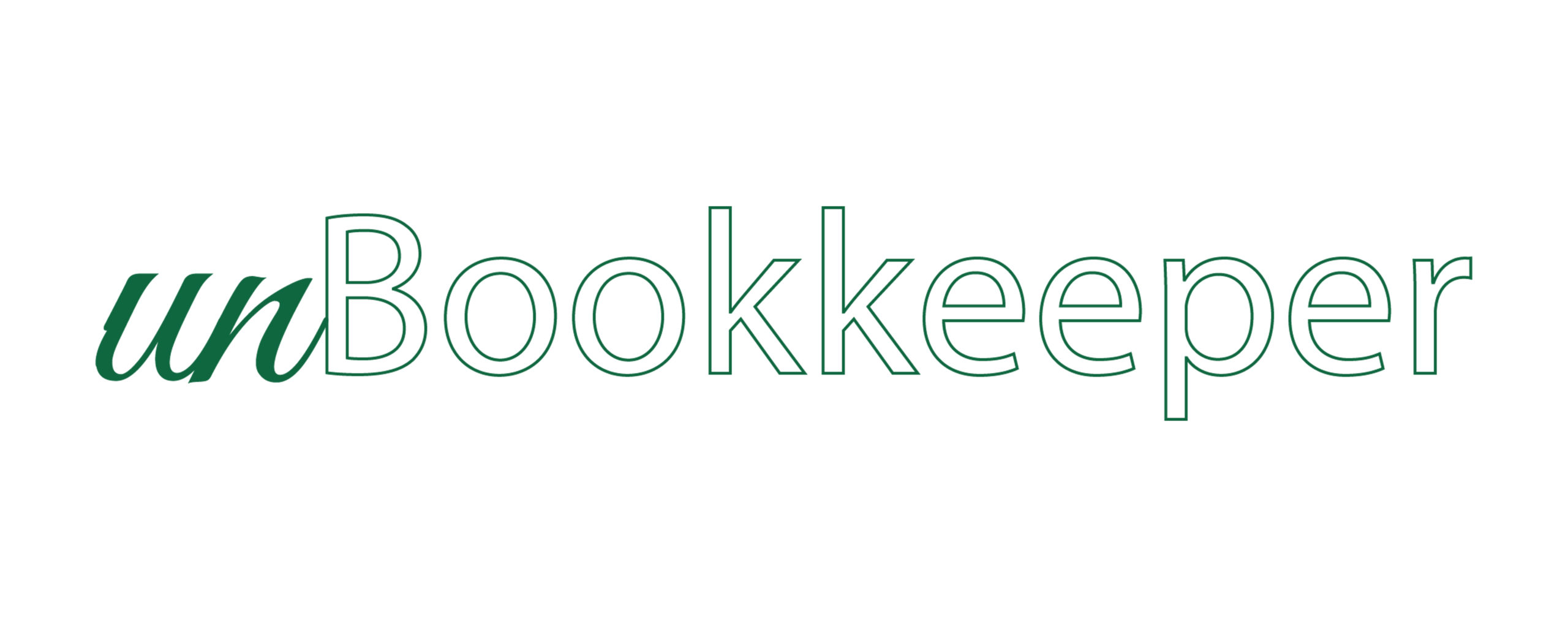Articles
NY Taxes Out-of-State COVID-19 Health Care Volunteers
New York chose not to give any NY State Tax relief to the thousands of […]
Got PPP? Now You Only Have 70% of PPP – the IRS Haircut
On Thursday, April 30th, the IRS one-upped Congress regarding the taxability of the Paycheck Protection […]
Startups: Not Doing PPP? Do “Workshare” – It Can be a Better Deal Than PPP
For those startups that missed the Paycheck Protection Program (PPP) and need to now reduce […]
Tuesday, April 21st: PPP 2.0. Great Comments from PPP Facebook Group
PPP just got another $250B – do not wait. Apply immediately. Below are some very […]

What is unBookkeeper?
unBookkeeper is Accountalent’s bookkeeping solution for early stage startups. unBookkeeper – what’s the story with […]
PPP For Startups – What We Have Learned the First Week
The Paycheck Protection Program (PPP) is a week old. This is what we have learned […]
Just Filed my 83(b) Election Form – What Happens Next?
If you just mailed your 83(b) Election Form to the IRS, do not expect anything […]